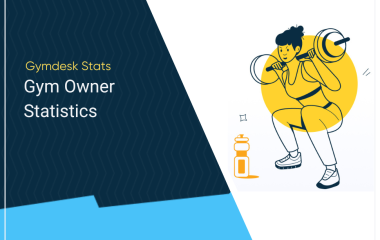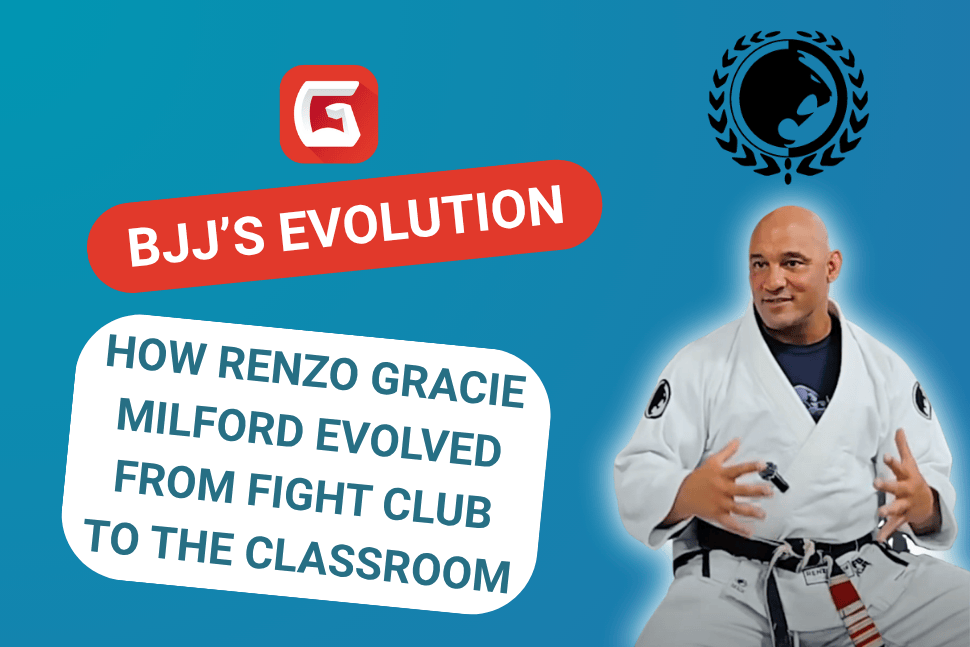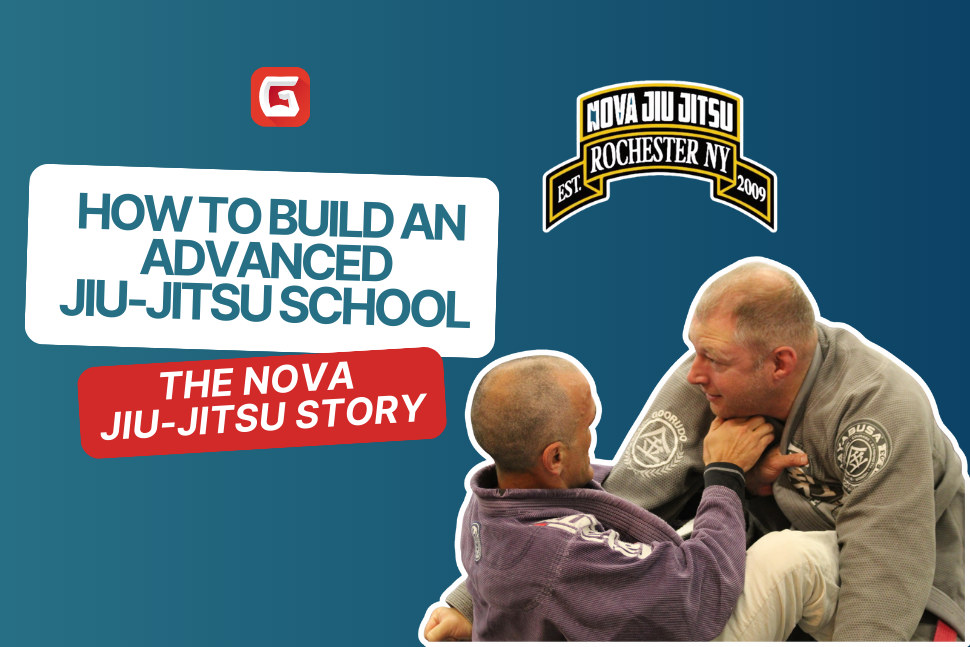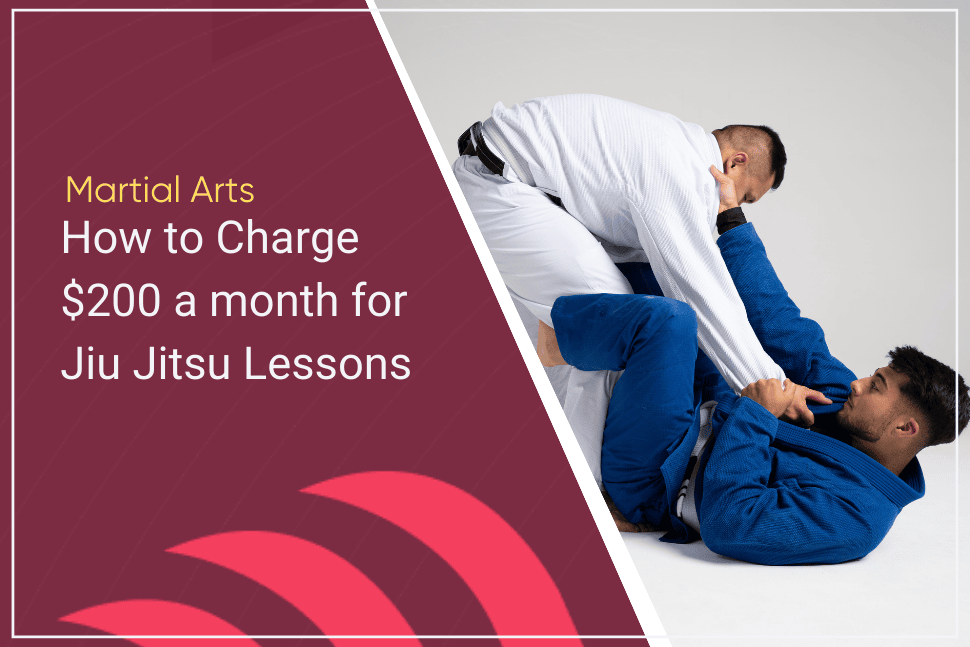Walk into Renzo Gracie Milford on a weekday night and you’ll feel it before you see it: that open-armed “this is your house” energy. It’s the same feeling that pulled a 16-year-old Mark Cerrone onto a commuter train four to five nights a week, an hour and forty-five minutes each way, for more than a decade to train in a cramped Manhattan room when MMA was still a four-letter word.
What started as a fringe, “us vs. the world” experiment in a NYC basement has matured into a global network of more than 300 academies. If Cerrone has his way, the next stop is your local high school. Not because jiu-jitsu wins tournaments (it does), but because the mat teaches a results-based, community-building way of thinking that kids, parents, and schools are starving for.
This is the story and playbook of jiu-jitsu as a social operating system.
The Basement Years: Truth Over Ego
In the mid-90s, MMA was banned in most states. The media demonized it. People walked into the academy off the street to “prove it doesn’t work.” That crucible forged a mindset Cerrone still carries: no marketing spin can save you on the mat. Techniques either solve the problem in front of you or they don’t. Reality gives feedback instantly.
That is the first pillar of the operating system:
- Evidence beats ego. You cannot bluff a mount escape.
- Iteration is survival. Failing safely and trying again is the point.
- Community creates courage. When challenge matches were normal, the team identity made the hard work meaningful.
These habits transfer cleanly to life off the mats, whether in school, work, or relationships, because they train the same muscles: attention, emotional regulation, and the willingness to test ideas against reality.
Scaling the Vibe: From One Room to 300+ Schools
Fast-forward three decades and the Renzo network spans continents. Cerrone now runs academies in Connecticut and Naples, Florida. The second location opened during the uncertainty of post-pandemic shutdowns. Ask him how he manages multiple locations across state lines and he will shrug off the mystique:
“You can’t do any of this without a rock-star team. A-players. Synergy beats heroics.”
This leads to the second pillar:
- People matter more than tactics. Multi-location success is a staffing game, not a secret curriculum.
- Redundancy creates resilience. Hurricanes and sudden resignations are inevitable, so stability must be built in advance.
- Culture scales or breaks. The “this is your house” welcome is not a slogan, it is an operating standard that gets taught, modeled, and reinforced.
For owners, this is where the social operating system meets operations. If the mat teaches truth through pressure, your org chart should do the same: clear roles, frequent feedback, and decisions that can be tested quickly.
Why Schools Are Next (and Ready)
Here is the headline: starting this November, Cerrone’s team will launch what they say will be the first official high-school jiu-jitsu program in the United States, gi-based and modeled after wrestling with daily practices, team structure, and competition.
Why school? Because the mat’s feedback loops line up perfectly with what educators want: attendance, attention, and pro-social behavior. Countries that built jiu-jitsu into school systems, such as the UAE, report consistent gains. Some studies show an 18 percent increase in math scores, while others show a 15 percent jump in attendance. The exact numbers vary, but the pattern is clear: structured physical problem-solving improves academic performance and behavior.
Three reasons it works:
- Immediate, honest feedback. A technique either controls space or it does not. There is no performative participation, and kids learn to chase reality instead of approval.
- Regulated intensity. Live rounds require composure, breathing, and respectful escalation. Those skills carry into classrooms and social situations.
- Status by contribution. In a healthy room, the coolest person is the best training partner. Schools can use this kind of peer pressure in a positive way.
If you run an academy, working with schools is not only a growth channel. It is a chance to multiply your mission. You are not just selling classes, you are helping install better defaults.
The Youth Blueprint: Civilize Gently, Structure Early, Keep It Fun
Cerrone started his twins at age four. His philosophy for ages 3 to 5 is simple: “They’re not broken—they’re just wild. Our job is to civilize gently.” That perspective changes everything for parents and coaches.
- Goal at 3–5: listening, lining up, and doing one clean movement with focus. Celebrate attention more than outcomes.
- Goal at 6–9: pattern recognition and play disguised as drilling, such as relay races, grip games, or guard-retention obstacle courses.
- Goal at 10–13: focused drilling and introduction to controlled live rounds. Emphasize composure and the ability to recover after mistakes.
These stages build the exact traits schools say they need: self-control, perseverance, and the ability to lose without unraveling.
Tools That Get Out of the Way
“Less admin, more members” is not simply a marketing line. It is another expression of the operating system. If jiu-jitsu is about testing what works, your tools should keep score without stealing attention. Cerrone noted small but meaningful software features: visual attendance flows, branded member apps that reinforce identity, and belt-color indicators that make progress tangible.
None of these features improve your armbar directly, yet all of them make the room run smoother so coaches can coach and students can learn.
What This Means for Owners and Educators
Whether you run a dojo or a school, here is how to translate this operating system into your environment.
1) Define truth tests.
What is your version of “can you escape mount?” In a gym, it could be a monthly live-round rubric for white belts. In a school, it could be a behavior checklist such as “arrives on time, lines up on cue, resets after a loss within 30 seconds.” Make tests visible and achievable.
2) Hire like a team sport.
Stop searching for unicorns and build complementary strengths. One coach who lights up a room, one who enforces structure, one who is a technical expert. Reward the group result, not individual heroics.
3) Codify the welcome.
A “your house” atmosphere is a system. It includes door greetings, first-class buddies, parent scripts (“Here’s what success looks like today”), and post-class follow-ups. Script it, train it, audit it.
4) Start school programs with the gi.
The gi builds tradition and tactile learning. The uniform equalizes status, the grips teach control without striking, and the culture teaches respect through ritual instead of lectures.
5) Build feedback loops you will actually operate.
Hold weekly staff huddles with one win, one stuck point, and one test for the week. Ask parents monthly what made their child proud. If you work with schools, debrief each quarter.
6) Measure what matters.
Track attendance streaks, partner satisfaction, class resets after losses, and parent sentiment. In school settings, compare tardiness and office referrals between participants and non-participants.
The Quiet Revolution Continues
Cerrone remembers the legendary blue basement where future champions like Georges St-Pierre, Frankie Edgar, Chris Weidman, and a young Gordon Ryan trained together. Every round felt like survival. Yet his most powerful memory is the feeling: we were building something together.
That feeling is the real point. Techniques will evolve, rule sets will change, and software platforms will come and go. What endures is a way of thinking that values honesty, repetition, and contribution. These habits create better fighters, but more importantly, they create better citizens.
When a high-school gym door opens this fall and a room of teenagers in crisp white gis gathers on the mat, it will not just be another after-school activity. It will be the basement spirit rewritten for a new generation: truth over ego, community over clout, and a relentless focus on what works.
The mat does not lie, and that is exactly why it belongs in school.
Want to bring jiu-jitsu to your school, or bring your gym into a school?
- Start with a conversation. Pitch administrators on attendance and behavior gains, then offer a free six-week pilot with clear goals.
- Design for teachers. Provide class outlines, safety protocols, and a single point of contact. Make it simple to approve.
- Host a showcase. End the pilot with a family night or exhibition. Celebrate progress, not medals.
- Share the results. Collect stories and data before and after. Let the operating system prove itself.
 Gym Owner Statistics: The State of Gyms, Member Trends, and Usage Data
Gym Owner Statistics: The State of Gyms, Member Trends, and Usage Data




 EN (English)
EN (English)
 JA (日本語)
JA (日本語)